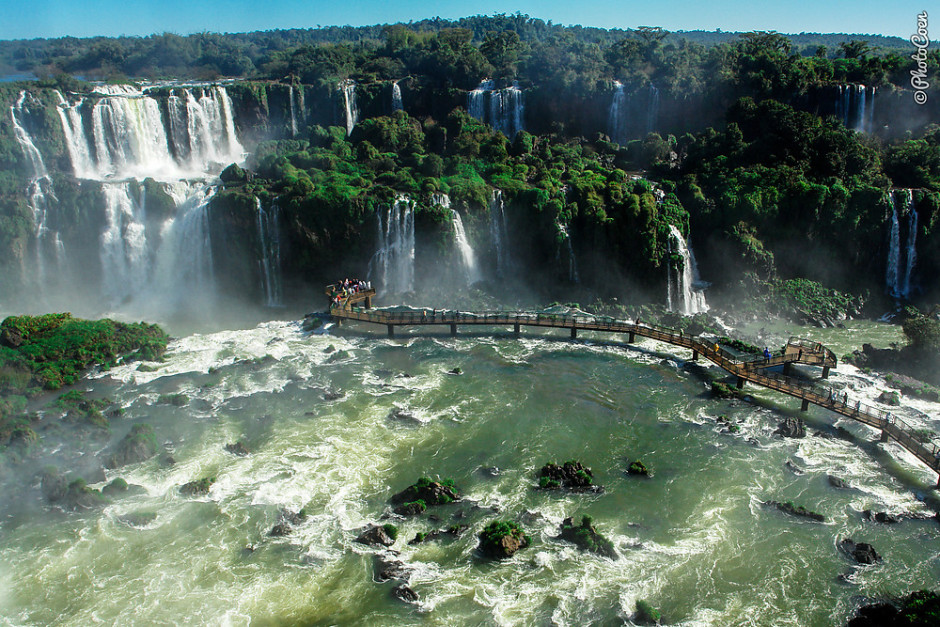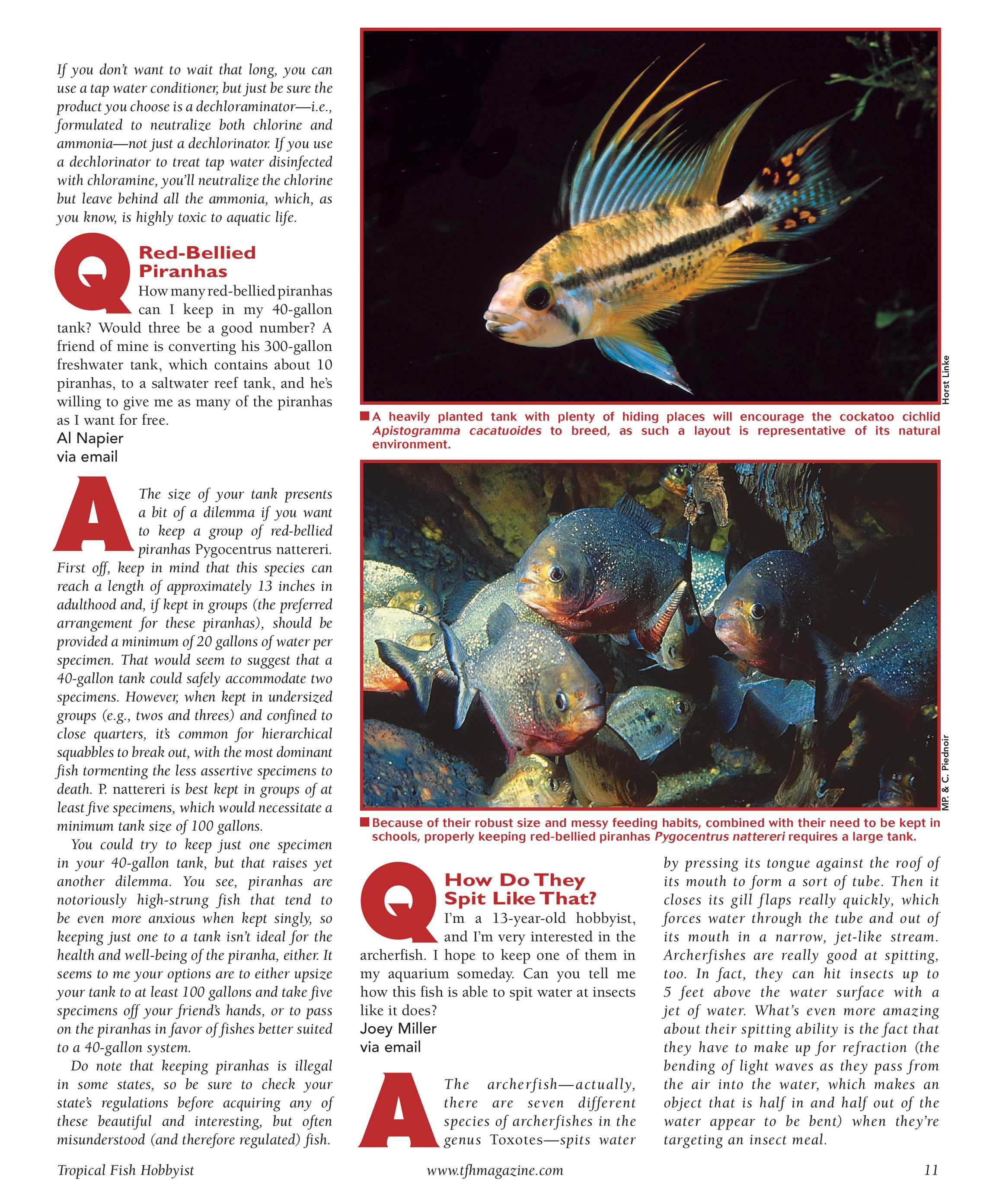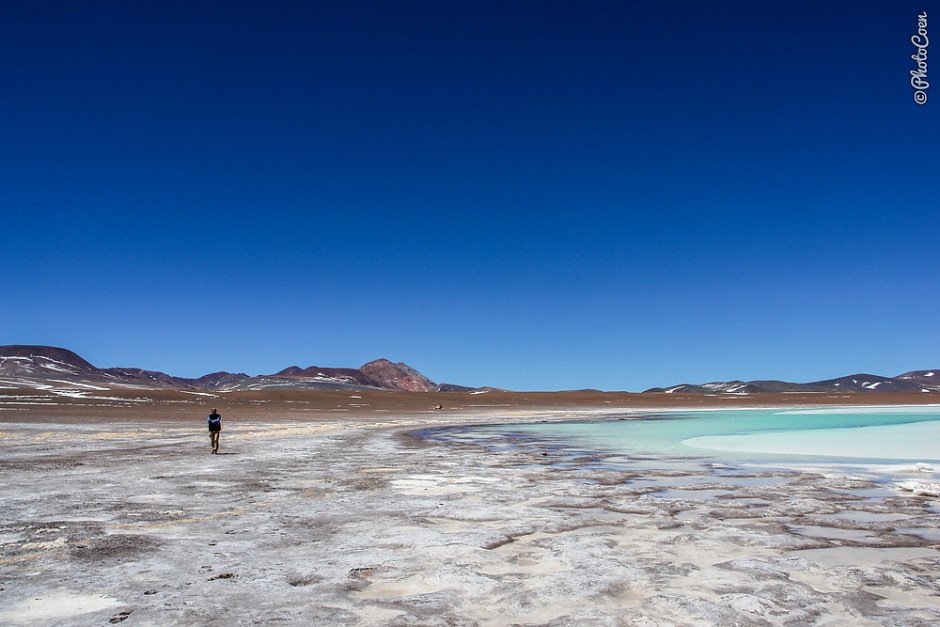South America is a land of immense natural beauty. It offers breathtaking landscapes that make you feel small and humble.
From towering mountains to vast rainforests, South America has it all. Nature here is wild and grand. You will find places where the scenery is so stunning, it takes your breath away. These spots remind us how tiny we are in the grand scheme of things.
Imagine standing at the foot of a giant waterfall or looking up at a massive glacier. These experiences are humbling and awe-inspiring. In this blog post, we will explore 13 incredible places in South America where nature dwarfs us. Get ready to feel amazed and inspired by the power and beauty of the natural world.
Amazon Rainforest
The Amazon Rainforest is one of the most awe-inspiring places on Earth. Spanning across nine countries, it covers a vast area of South America. This lush, green wonderland is home to countless species and offers unparalleled beauty. Let’s dive into what makes the Amazon Rainforest special.
Biodiversity Hotspot
The Amazon Rainforest holds an incredible variety of life. Over 40,000 plant species grow here. Thousands of animals call this forest home. Birds, insects, and mammals thrive in this environment. The Amazon is a living treasure chest of biodiversity.
Each step in the forest reveals new wonders. Colorful birds fly overhead. Monkeys swing from tree to tree. Rare plants hide beneath the canopy. The Amazon’s biodiversity is a marvel to witness.
River Adventures
The Amazon River cuts through the heart of the rainforest. It offers thrilling adventures for explorers. Boat tours take you deep into the wild. You might spot pink dolphins swimming alongside. Fishing trips let you catch exotic fish.
Kayaking is another exciting option. Paddle through winding waterways. Feel the pulse of the jungle around you. The river is the lifeblood of the Amazon. It supports countless ecosystems. River adventures provide a unique view of this vast forest.
Iguazu Falls
Among the many breathtaking natural wonders in South America, Iguazu Falls stands out. Located on the border of Argentina and Brazil, these falls are a true spectacle. Over 275 individual waterfalls create a magnificent display of nature’s power. Iguazu Falls is one of the largest waterfall systems in the world. Visitors will be amazed by the sheer size and beauty of the falls.
Majestic Waterfalls
The sheer force of the water at Iguazu Falls is mesmerizing. The powerful cascades create a thunderous roar. The falls stretch for nearly three kilometers, forming a stunning natural border. The most famous section, the Devil’s Throat, is particularly impressive. Here, water plunges down 80 meters, creating a misty veil. The sight of this immense waterfall is unforgettable.
Visitors can explore various viewpoints around the falls. Walkways and observation decks offer unique perspectives. Some paths lead you right up to the edge of the falls. You’ll feel the spray of the water on your face. This close encounter with nature’s power is exhilarating.
Wildlife Encounters
Iguazu Falls is not just about water. The surrounding rainforest teems with life. Many species of animals and birds call this area home. Visitors might spot toucans, parrots, and butterflies. The vibrant colors of these creatures add to the experience. Monkeys and coatis are often seen near the trails. Their playful antics delight visitors of all ages.
Exploring the area around Iguazu Falls offers a chance to connect with nature. The rich biodiversity makes every visit unique. Listen to the calls of exotic birds. Watch as colorful butterflies flit from flower to flower. Each moment at Iguazu Falls is a step closer to nature’s heart.
Andes Mountains
The Andes Mountains stretch over 7,000 kilometers along the western coast of South America. This majestic range is the longest continental mountain range in the world. It passes through seven countries, from Venezuela to Chile. The Andes offer stunning landscapes and a rich cultural history. Nature lovers and adventure seekers alike will find much to explore here.
Breathtaking Peaks
Mount Aconcagua is the tallest peak in the Andes. It stands at a towering 6,961 meters. Climbers from all over the world aim to reach its summit. The views are extraordinary. Snow-capped peaks and deep valleys stretch as far as the eye can see. The Andes also house several active volcanoes. Cotopaxi in Ecuador is one of the most famous. It offers a thrilling challenge for experienced climbers.
Cultural Treks
Hiking in the Andes is more than just a physical challenge. It is a journey through history and culture. The Inca Trail to Machu Picchu is a must-do trek. This ancient path winds through lush forests and past old ruins. Trekkers can also explore the Sacred Valley. This area is filled with archaeological sites and traditional villages. Locals still practice age-old customs here. The Andes offer countless other trails, each with its own unique scenery and cultural significance.
Atacama Desert
The Atacama Desert is one of the driest places on Earth. Located in northern Chile, this desert is a marvel of stark beauty. Visitors often feel dwarfed by its vast, otherworldly landscapes. There’s more to this desert than just sand and rocks. Read on to discover the unique experiences the Atacama Desert offers.
Stark Landscapes
The Atacama Desert’s landscapes are strikingly unique. Imagine endless stretches of salt flats and rugged canyons. Picture towering volcanoes and wind-sculpted rock formations. The Valle de la Luna, or Moon Valley, is a must-see. Its lunar-like terrain leaves visitors awestruck. The desert’s varied landscapes provide endless photo opportunities. Each scene is more dramatic than the last.
Stargazing Experiences
The Atacama Desert is one of the best places for stargazing. The clear, unpolluted skies offer breathtaking views of the night sky. Many travel here just to see the stars. The high altitude and dry air create perfect conditions for observing the cosmos. Astronomers and amateurs alike gather to witness the Milky Way in all its glory. Guided tours offer telescopes and expert knowledge. It’s a magical experience you won’t forget.
Patagonia
Patagonia is one of South America’s most stunning regions. It stretches across Chile and Argentina. This remote area boasts breathtaking landscapes. Majestic mountains, vast plains, and shimmering lakes define its beauty. Visitors often feel humbled by nature’s grandeur here.
Glacial Beauty
Patagonia is home to many awe-inspiring glaciers. The Perito Moreno Glacier is a must-see. Its icy blue hues are captivating. It’s one of the few advancing glaciers in the world. Visitors can hear the ice crack and break. This natural spectacle is unforgettable.
Other notable glaciers include Grey Glacier and Viedma Glacier. Each offers unique views and experiences. Boat tours provide close-up encounters. Hike trails around these glaciers for stunning vistas. The sight of these massive ice formations is humbling.
Wildlife Watching
Patagonia is a paradise for wildlife enthusiasts. The region teems with diverse species. Guanacos roam the plains gracefully. These relatives of the llama are often seen in herds. Condors soar high above the Andes. Their wingspan can reach over 10 feet.
Magellanic penguins nest along the coasts. Visit Punta Tombo to see thousands of them. You might spot the elusive puma in Torres del Paine. It’s rare but thrilling to see. Patagonian foxes and rheas also inhabit this vast wilderness. Each encounter with wildlife is a cherished memory.
Galápagos Islands
The Galápagos Islands, an archipelago in the Pacific Ocean, is a nature lover’s paradise. Located off the coast of Ecuador, these islands are famous for their unique wildlife and stunning landscapes. Visitors to the Galápagos will find themselves immersed in an environment unlike any other on Earth. The islands are a UNESCO World Heritage Site, celebrated for their pristine beauty and diverse ecosystem.
Unique Ecosystem
The Galápagos Islands boast a unique ecosystem that has evolved in isolation. This has led to the development of species found nowhere else in the world. The islands are home to the famous Galápagos tortoises, marine iguanas, and a variety of bird species including the blue-footed booby.
Due to this isolation, the wildlife here has adapted in extraordinary ways. For example, the finches have evolved different beak shapes to exploit various food sources. This phenomenon was crucial in Charles Darwin’s studies, contributing to his theory of evolution.
| Species | Unique Adaptation |
|---|---|
| Galápagos Tortoise | Long necks for reaching high vegetation |
| Marine Iguana | Ability to swim and feed on algae |
| Blue-footed Booby | Blue feet used in mating rituals |
Marine Exploration
Exploring the marine life around the Galápagos Islands is a must. The waters are teeming with vibrant marine creatures, making it a paradise for divers and snorkelers. Swim alongside sea lions, manta rays, and even hammerhead sharks.
The islands are part of a marine reserve, offering some of the best diving spots in the world. Sites like Devil’s Crown and Gordon Rocks are famous for their underwater beauty. Coral reefs, underwater caves, and schools of colorful fish await those who venture beneath the waves.
- Swim with playful sea lions
- Spot majestic manta rays
- Dive with hammerhead sharks
Whether you’re on land or underwater, the Galápagos Islands provide an experience that will leave you in awe of nature’s grandeur.
Pantanal Wetlands
The Pantanal Wetlands in South America are a natural wonder. This vast region spans Brazil, Bolivia, and Paraguay. It is the world’s largest tropical wetland. The Pantanal is a haven for wildlife and nature lovers. Its diverse ecosystem is home to many unique species. Let’s explore why this place will leave you in awe.
Vast Marshlands
The Pantanal Wetlands cover over 70,000 square miles. Imagine endless marshlands, rivers, and lakes. The landscape changes with the seasons. In the wet season, water floods the plains, creating a stunning mosaic. During the dry season, the water recedes, revealing rich soil and lush vegetation. You can see wildlife roaming freely in this expansive land. The marshlands are a true spectacle of nature’s beauty.
Bird Watching
Bird watchers will find paradise in the Pantanal. Over 650 bird species call this place home. You can spot the vibrant Hyacinth Macaw. Look for the elegant Jabiru Stork. Listen to the songs of countless other birds. The wetlands provide a perfect habitat for these feathered friends. Bring your binoculars and enjoy the sights and sounds. The Pantanal offers an unforgettable bird-watching experience.
Tierra Del Fuego
Tierra del Fuego is a stunning archipelago at the southernmost tip of South America. Known as the “Land of Fire,” it is a place where rugged landscapes and diverse ecosystems come together. This remote paradise offers breathtaking views and a sense of adventure for those who seek to be dwarfed by nature’s grandeur.
Remote Wilderness
Tierra del Fuego boasts a remote wilderness that is both captivating and untouched. The region is home to vast forests, rugged mountains, and pristine rivers. Here, you can hike through ancient beech forests, where the trees seem to whisper the secrets of the past.
Wildlife enthusiasts will find themselves in heaven. The area is a sanctuary for a variety of species. Look out for the majestic Andean condor soaring overhead, or catch a glimpse of the elusive Fuegian fox. The waterways are teeming with marine life, including seals and sea lions.
For those who love to explore, kayaking through the fjords and channels provides a unique perspective. The waters are crystal clear, reflecting the stunning landscapes that surround them. This is truly a place where you can lose yourself in the beauty of untouched nature.
End Of The World
Often referred to as the End of the World, Tierra del Fuego offers a sense of adventure like no other. The city of Ushuaia, the southernmost city in the world, serves as the gateway to this remote region. Here, you can begin your journey to explore some of the most dramatic landscapes on earth.
One of the highlights of visiting Ushuaia is taking a trip to the Beagle Channel. Named after Charles Darwin’s ship, this channel offers stunning views of snow-capped mountains and glaciers. You can also visit the nearby Tierra del Fuego National Park, where trails wind through lush forests and along the shores of crystal-clear lakes.
The sense of isolation and vastness is palpable. Standing on the edge of the continent, with the winds of the Southern Ocean whipping around you, you can truly feel the power of nature. This is a place where you can disconnect from the modern world and connect with the raw beauty of the earth.
Angel Falls
Angel Falls, located in Venezuela, is a breathtaking natural wonder. This majestic waterfall offers an awe-inspiring experience for visitors. Nestled deep within the Canaima National Park, it is one of the most iconic landmarks in South America.
World’s Tallest Waterfall
Angel Falls holds the title of the world’s tallest waterfall. It plunges from a staggering height of 3,212 feet. The sheer drop is mesmerizing, creating a misty spectacle. The water cascades down the Auyán-Tepuí mountain, forming a stunning sight. This impressive height makes Angel Falls a must-visit destination.
The waterfall was named after Jimmie Angel, an American aviator. He was the first to fly over the falls in 1933. The falls have since become a symbol of natural beauty and adventure. The view from the base of Angel Falls is simply unforgettable.
Jungle Expeditions
Exploring Angel Falls often involves an exciting jungle expedition. The journey to the falls is an adventure itself. Visitors usually travel by boat through the dense jungle. The trip offers a chance to see diverse wildlife and lush vegetation.
The trek includes navigating the winding Carrao and Churún rivers. Along the way, explorers can spot exotic birds and plants. The final leg of the journey is a hike through the rainforest. This hike leads directly to the base of the falls.
Standing at the foot of Angel Falls, you feel dwarfed by nature’s grandeur. The thunderous roar of the water and the lush surroundings create an unforgettable experience. This remote location offers a true escape into the wild.
Salar De Uyuni
The Salar de Uyuni in Bolivia is the world’s largest salt flat. It’s a breathtaking natural wonder that will leave you in awe. This vast white desert spans over 10,000 square kilometers. It’s a place where you truly feel dwarfed by nature.
Expansive Salt Flats
The salt flats of Salar de Uyuni are immensely expansive. Imagine a flat, white surface as far as the eye can see. The ground is covered with a thick crust of salt. It looks like a frozen lake but is solid underfoot. This white desert creates a surreal landscape.
Visitors often feel like they are on another planet. The salt flats are also a major source of lithium. But their beauty is what attracts tourists from around the world. During the dry season, the salt flats are cracked into geometric patterns.
In the rainy season, the flats transform into something even more magical. This brings us to the next amazing feature of Salar de Uyuni.
Mirror Effect
During the rainy season, a thin layer of water covers the flats. This creates a stunning mirror effect. The ground reflects the sky perfectly. The horizon seems to disappear, making it hard to tell where the earth ends and the sky begins.
Photographers and visitors love this time of year. The mirror effect creates incredible photo opportunities. Walking on the flooded flats feels like walking on water. The reflections are so clear that they create a dreamlike experience.
Many describe it as one of the most beautiful natural phenomena in the world. The mirror effect of Salar de Uyuni is a must-see for any nature lover.
Los Glaciares National Park
Located in the stunning region of Patagonia, Los Glaciares National Park is a UNESCO World Heritage site. This breathtaking park in Argentina is a paradise for nature enthusiasts. It boasts towering glaciers, crystal-clear lakes, and rugged mountains. The park covers around 7,269 square kilometers and offers visitors a chance to witness some of the most dramatic landscapes on Earth.
Imposing Glaciers
Los Glaciares National Park is famous for its massive glaciers. The most renowned is Perito Moreno Glacier. It spans over 250 square kilometers and rises 70 meters above the water. Visitors can witness the glacier calving, an unforgettable experience. The sight and sound of ice falling into the water are awe-inspiring.
Another must-see is the Upsala Glacier. It is the largest in South America. Its ice fields stretch over 870 square kilometers. You can take a boat tour to get up close to its icy walls. The Spegazzini Glacier, with its towering ice cliffs, is also spectacular.
Adventure Activities
Los Glaciares National Park offers many adventure activities. You can go trekking on the glaciers. Guided tours provide equipment and safety tips. Ice trekking on Perito Moreno Glacier is popular. It’s a thrilling way to explore the icy landscape.
Kayaking in the park’s lakes is another exciting activity. Paddle through turquoise waters surrounded by mountains and glaciers. For those who prefer staying on land, there are numerous hiking trails. The Fitz Roy trek is a favorite among hikers. It offers stunning views of the park’s peaks and glaciers.
Wildlife enthusiasts will enjoy the park’s diverse fauna. Keep an eye out for Andean condors, guanacos, and the elusive puma. Birdwatchers can spot various species, including the majestic black-chested buzzard-eagle.

Credit: matadornetwork.com
Chapada Diamantina
Chapada Diamantina is a magical destination in Brazil’s Bahia state. This region is full of natural wonders and stunning landscapes. Visitors can explore hidden caves, scenic waterfalls, and lush green valleys. Nature lovers will find a paradise here.
Hidden Caves
The hidden caves of Chapada Diamantina are simply spectacular. These caves are full of impressive rock formations and underground rivers. The Lapa Doce cave is one of the largest and most popular. Another must-see is the Pratinha Cave, which has crystal-clear water perfect for snorkeling.
Exploring these caves feels like a journey to another world. The silence and beauty inside are breathtaking. Remember to bring a flashlight and wear comfortable shoes. The caves are dark and the ground can be uneven.
Scenic Waterfalls
Chapada Diamantina is home to some of the most scenic waterfalls in Brazil. The Cachoeira da Fumaça is the tallest, at over 380 meters high. The view from the top is unforgettable.
Another beautiful waterfall is the Cachoeira do Buracão. Visitors can swim in the pool below and enjoy the refreshing water. The hike to the waterfall is also a wonderful experience, with lush vegetation and stunning views along the way.
For an easier hike, visit the Ribeirão do Meio. This waterfall has a natural slide that kids and adults will love. It’s a fun and relaxing spot to spend an afternoon.
| Waterfall | Height | Features |
|---|---|---|
| Cachoeira da Fumaça | 380 meters | Stunning views from the top |
| Cachoeira do Buracão | 85 meters | Swimming pool below |
| Ribeirão do Meio | 10 meters | Natural slide |
Each waterfall offers a unique experience. Whether you enjoy hiking, swimming, or simply relaxing, Chapada Diamantina has something for everyone.
Torres Del Paine
Torres del Paine is a breathtaking national park in Chilean Patagonia. It’s a place where nature’s grandeur makes you feel tiny. The park is famous for its stunning landscapes, diverse wildlife, and challenging hiking trails. A visit to Torres del Paine promises an adventure of a lifetime.
Iconic Peaks
The park is home to some of the most iconic peaks in the world. The “Towers of Paine” are three towering granite spires that dominate the skyline. These peaks are a favorite subject for photographers and nature lovers. Standing before them, you can’t help but feel humbled by their sheer size and beauty.
Besides the Towers, there’s the Cordillera del Paine, a small mountain group within the park. The dramatic Cuernos del Paine, or “Horns of Paine,” are another highlight. These unique rock formations are a must-see for visitors. Every peak offers a different perspective on the park’s rugged beauty.
Nature Trails
Torres del Paine is a hiker’s paradise with numerous nature trails. Whether you’re an experienced trekker or a casual walker, there’s a trail for you. The W Circuit is one of the most popular routes. It takes you through the heart of the park, offering views of glaciers, lakes, and valleys.
For a more challenging adventure, try the O Circuit. This trail circles the entire park and can take up to 10 days to complete. Along the way, you’ll pass through untouched wilderness and remote landscapes. Both circuits offer unforgettable experiences and a chance to connect with nature.
Shorter trails are also available for those with limited time. The Mirador Base Las Torres hike is a day trip that leads to the base of the Towers. It’s a steep climb, but the view at the top is worth the effort. Other trails, like the Grey Glacier trek, offer stunning glacier views.
Whichever trail you choose, you’ll be surrounded by the park’s natural beauty. Each step reveals something new, from wildflowers to wildlife. The park is home to guanacos, foxes, and even pumas. Bird watchers can spot condors soaring above the peaks. Every trail is an opportunity to see nature at its finest.

Credit: www.tfhdigital.com

Credit: landcruisingadventure.com
Frequently Asked Questions
What Are The Must-see Places In South America?
South America offers breathtaking natural wonders like the Amazon Rainforest, Iguazu Falls, and Patagonia. These destinations showcase the continent’s stunning landscapes and diverse ecosystems.
How Can I Experience Nature In South America?
Explore national parks, hike mountain ranges, and visit waterfalls. Activities like guided tours and eco-friendly lodges enhance your experience with minimal environmental impact.
Is South America Safe For Nature Travelers?
Yes, many areas in South America are safe for nature travelers. Research, follow local guidelines, and choose reputable tour operators for a safe experience.
When Is The Best Time To Visit South America’s Natural Sites?
The best time varies by region. Generally, the dry season (May to September) is ideal for exploring most natural attractions.
Conclusion
Nature’s grandeur in South America leaves travelers in awe. Each destination offers breathtaking scenery and unforgettable experiences. From towering mountains to expansive deserts, natural beauty abounds. Visiting these places connects you with the Earth’s raw power. Take a moment to stand in wonder.
Feel humbled by the vast landscapes. South America truly showcases the planet’s diverse splendor. So, pack your bags. Explore these incredible locations. Let nature dwarf you with its magnificence. The adventure awaits!

